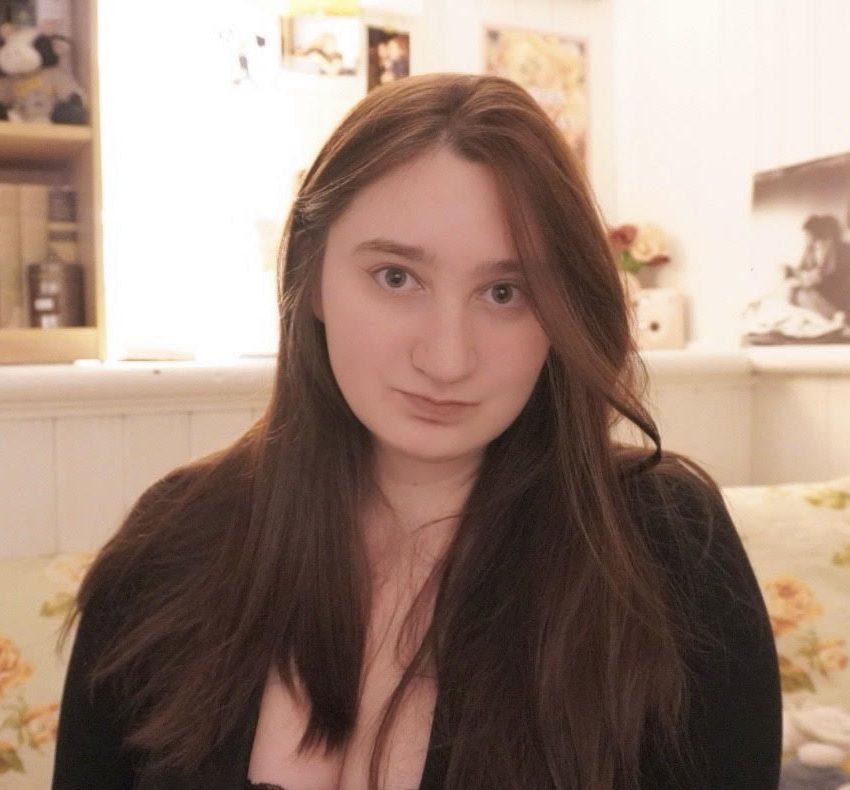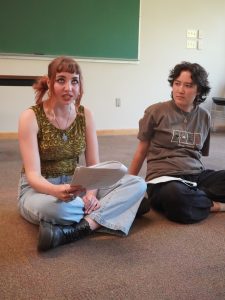
17 May Rooted in Myth, Written in Fire: Molly Jamin Returns to the Stage
This week, we caught up with playwright Molly Jamin, whose work returns to the festival for a second year in a row. Known for weaving classical themes with contemporary resonance, Molly brings a distinct voice to the stage, one rooted in myth, memory, and a deep sense of curiosity. We spoke with her about the inspiration behind her new play, the power of collaboration, and what keeps her coming back to the one-act format.
Having had plays selected in consecutive years is fantastic! Where did the initial seed of the idea for this year’s play come from? Was it an image, a line of dialogue, a character, or a situation?
A few years ago, I learned that Joan of Arc had a sister called Catherine. I’m not sure why that detail struck me so deeply— perhaps because I’d never consciously considered that saints had families. I couldn’t stop thinking about Catherine, about how she must’ve felt watching her sister follow her divine path and be killed for it. That dynamic felt both heartbreaking and rich with possibility. I have a sister who I adore and the idea of walking a path she could not follow was evocative and frightening. That’s when I knew I wanted to explore this idea as a script.
What excites you most about the energy or format of a one-act play festival specifically?
I think the collaborative, communal nature of the festival is what excites me most. One of my favourite parts—both last year and this year—has been the dramaturgical workshop the festival hosts, where artists have the opportunity to share early drafts and support each other’s development. It’s incredibly rewarding to be part of that process. I also value the creative freedom the festival allows. This year, I’m working with a local theatre company, Pithy Productions, to trial a new dramaturgical model that centres an exploratory phase in rehearsals—an experience that’s been both thought-provoking and uniquely fulfilling for me as a playwright.
How did it feel to see your work performed live for the first time?
Getting to see months of work realized all in the space of 50 minutes makes for an equally rewarding, exhilarating and terrifying experience. Last year I actually had to request my friend let me keep his ticket for as a keepsake because I had unwittingly torn up my own in a fit of nervous energy. That being said, I would not have had it any other way. I learned so much from getting to watch not only my show come to life but how an audience reacted to my work.
How much do you consider your audience when writing a play?
I often write from a desire to see and be seen. I want my work to remind people they’re not alone, in the same way I’ve ofte
n needed that reminder. In this way, the audience is always at the back of my mind during the writing process. After all, theatre has always been a unique opportunity for connection. I’d like to carry that tradition forward.

What did you learn from the festival’s adjudication and feedback process?
The adjudication process was an illuminating opportunity to learn exactly what worked and what may have fallen flat in my piece from a talented theatre professional. Julie McIssac, who gave her feedback on my show Scruples, was an insightful and tender adjudicator. She came into the green room with so much care and heartfelt counsel. She was even kind enough to send me a recording of more of her thoughts on my show after the fact which will no doubt fuel my future rewrites and inform my creative practice going forward.
What would you tell other writers considering submitting next year?
Trust yourself and your impulses! Your creative vision is one that’s worth being realized. Form a team of trusted creatives and work diligently to cultivate a space where creative collaboration flourishes. Suspend personal anxieties and allow the work to be messy, strange and alive. Most importantly: never relinquish the love—love for the work, love for creation and for art, itself—that is what will carry you forward.
About Molly Jamin
Molly Jamin is a queer, neurodivergent artist living on Lək̓ʷəŋən territory (Victoria, BC). She studies Ancient Greek language and literature, and creative writing at UVic. Rooted in literary scholarship and a love affair with history, her work often reimagines ancient narratives to explore grief, memory, and the alchemy of storytelling as a tool for personal myth-making and communal resistance.
